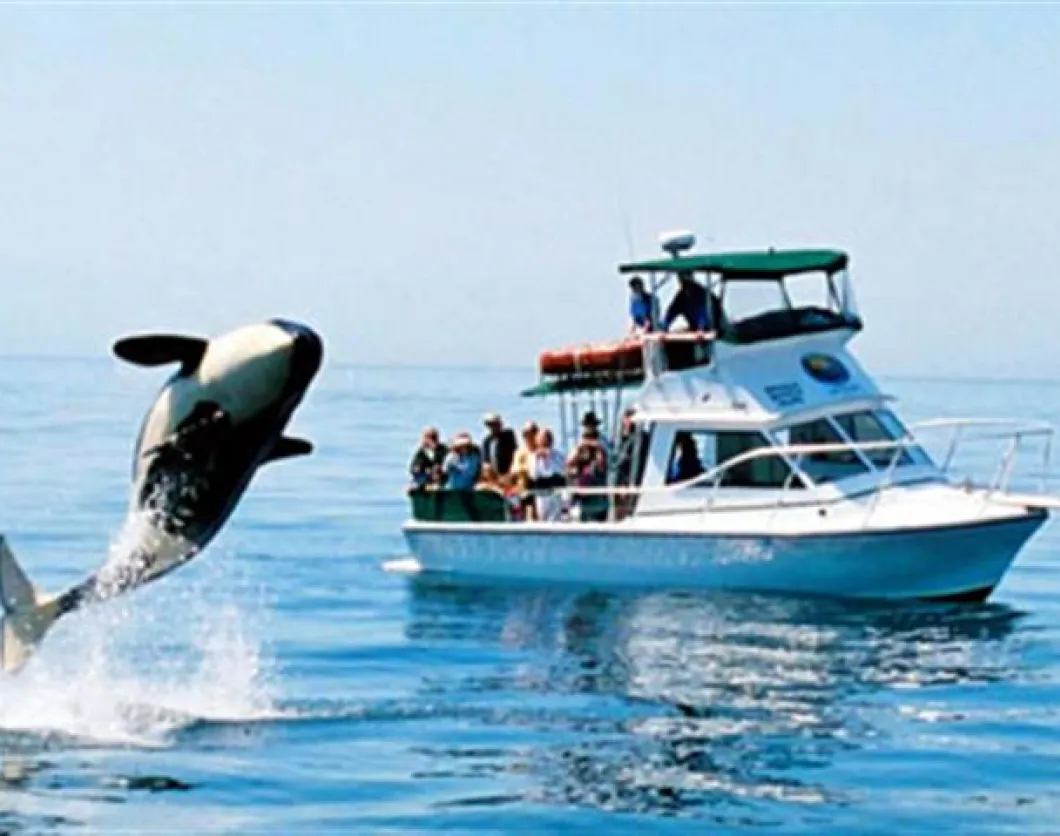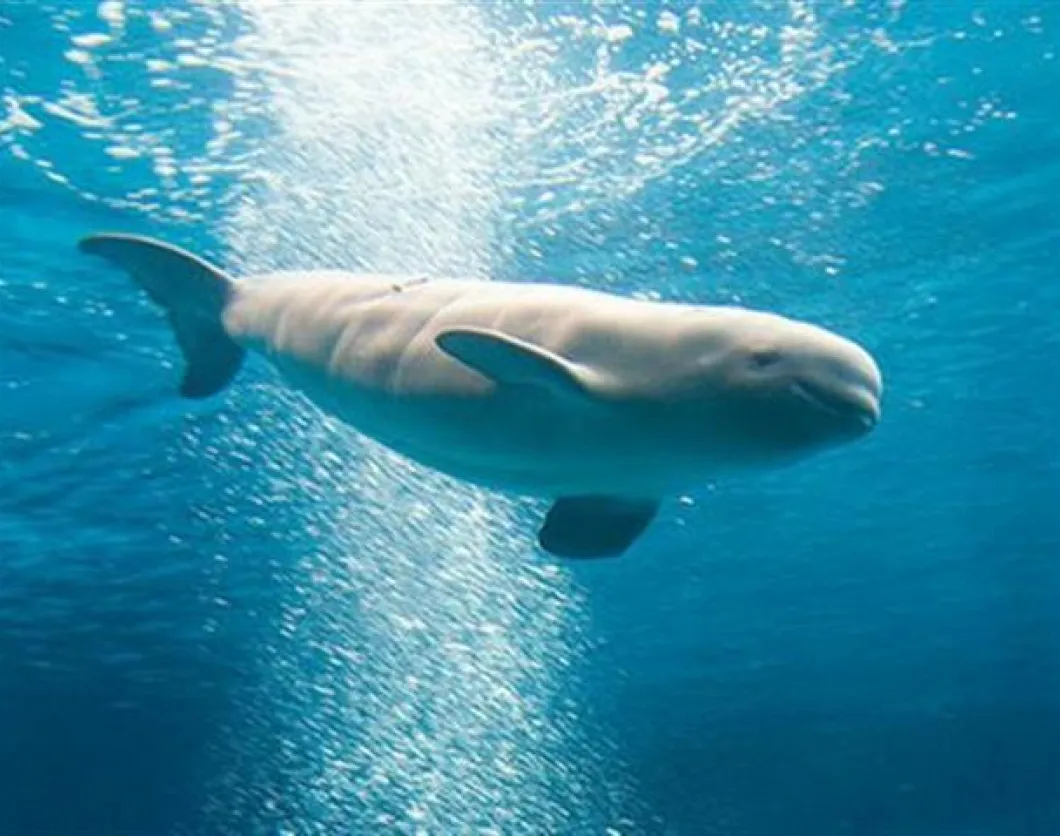It is estimated that whale watching tourism is a $1.25 billion industry, and that it is enjoyed by approximately 10 million people annually. Unfortunately, some tours also pose a threat to the safety of the whales. So how can ordinary tourists, like us, help prevent this from happening?
Well, let's start off with the obvious. Whale watching allows people to see these creatures in their natural habitat. On the other hand, these visits can sometimes get too close or make the whales uneasy by crowding them with too many vessels. In worst scenarios, the tourists may even attempt to touch or interact with the whales, thus increasing their own risk of injury.
In order to avoid these problems, here are several questions that you will need to think about.
1. Are There Laws Governing Whale Watching?
Several countries have laws which regulate these kinds of activities. This is done primarily to protect the whales and their ecosystem. Those countries which lack the means to enforce strict regulations place the onus of responsibility on the tour operators themselves. So if you do plan to go whale watching, it's important that you educate yourself about the area's local laws, and the codes of conducts which tour operators must comply with.
According to Claire Bass, who is one of the leading experts at the World Society for the Protection of Animals (WSPA), the most essential aspects of a responsible code of conduct are restrictions based on "distance and speed." Bass said that approaching whales too closely can often lead to stress or injuries. In certain cases, fast moving water crafts can even disrupt the natural behavior of these animals.
Further studies indicate that the ideal distance for watching marine mammals is around 100 meters for whales and 50 meters for dolphins. It's also important that vessels should maintain a predictable speed and course when approaching these animals, so as to minimize alarm and risk. This is particularly true with regards to dolphins, which often have the habit of joining moving vessels. When this happens, it's important to keep the engine neutral and to maintain a single course and speed. Not only will this help prevent harm to the animals, it will also allow the members of the vessel to watch the entire group up close for around 15 minutes.
For more information about the rules and regulations which govern whale watching in various countries, these materials can be accessed on the website of the Whale and Dolphin Conservation Society.
2. What About Research and Education?
Professional tours are usually accompanied by marine biologists, who are given the tasks of teaching tourists about aquatic wildlife. In fact, professional operators are typically involved in research projects which are designed to protect the welfare and habitats of whales and other aquatic mammals.
3. Are the Tours Safe?
A tour boat needs to have the following if it is to be considered a safe vessel:
- An experienced captain
- A professional but approachable crew
- Safety equipment
- Proper insurance
- Permits for operating a tour vessel
- Guidelines to help passengers enjoy their travel
- Safety and equipment briefings
4. What Can You Expect From These Tours?
Tour operators should tell their passengers what they can reasonably expect from their services. Operators should also offer reasonable prices, maintain transparency about their rates of success and explain what can happen if problems occur or if a trip is cancelled. So be sure to ask any questions that you may have.
If however, the tour fails to address your concerns properly then you can always create a detailed report which you can submit to local government authorities or to the WSPA. An investigation will follow shortly thereafter.










